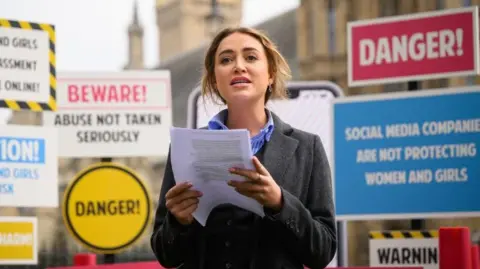 Getty Images
Getty ImagesA reality TV celebrity who has campaigned for safety for women and…
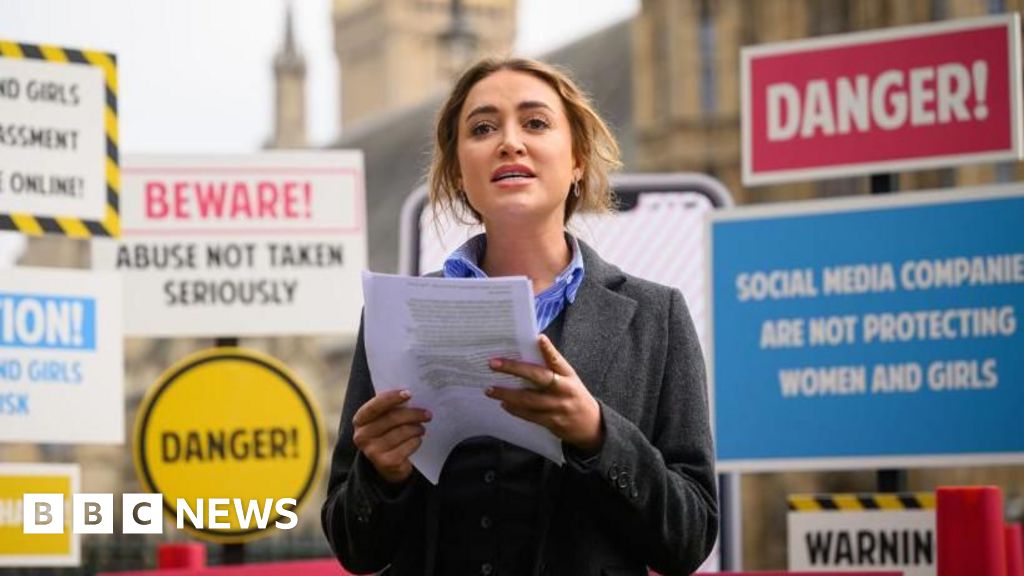
 Getty Images
Getty ImagesA reality TV celebrity who has campaigned for safety for women and…
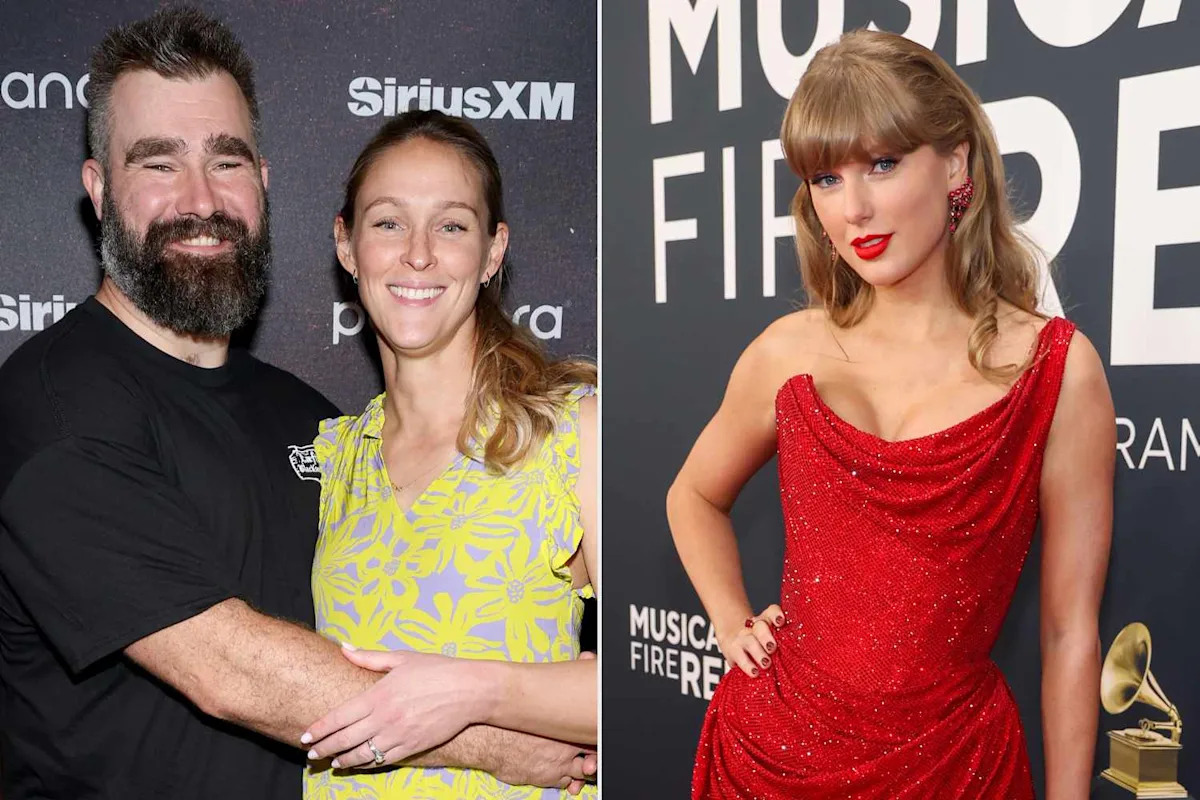
Jason Kelce opened up about wife Kylie Kelce’s favorite song on Taylor Swift’s new album, The Life of a Showgirl
Jason said the track captured the mother of his four children’s “mentality”
Coincidentally, Swift has also listed the song…
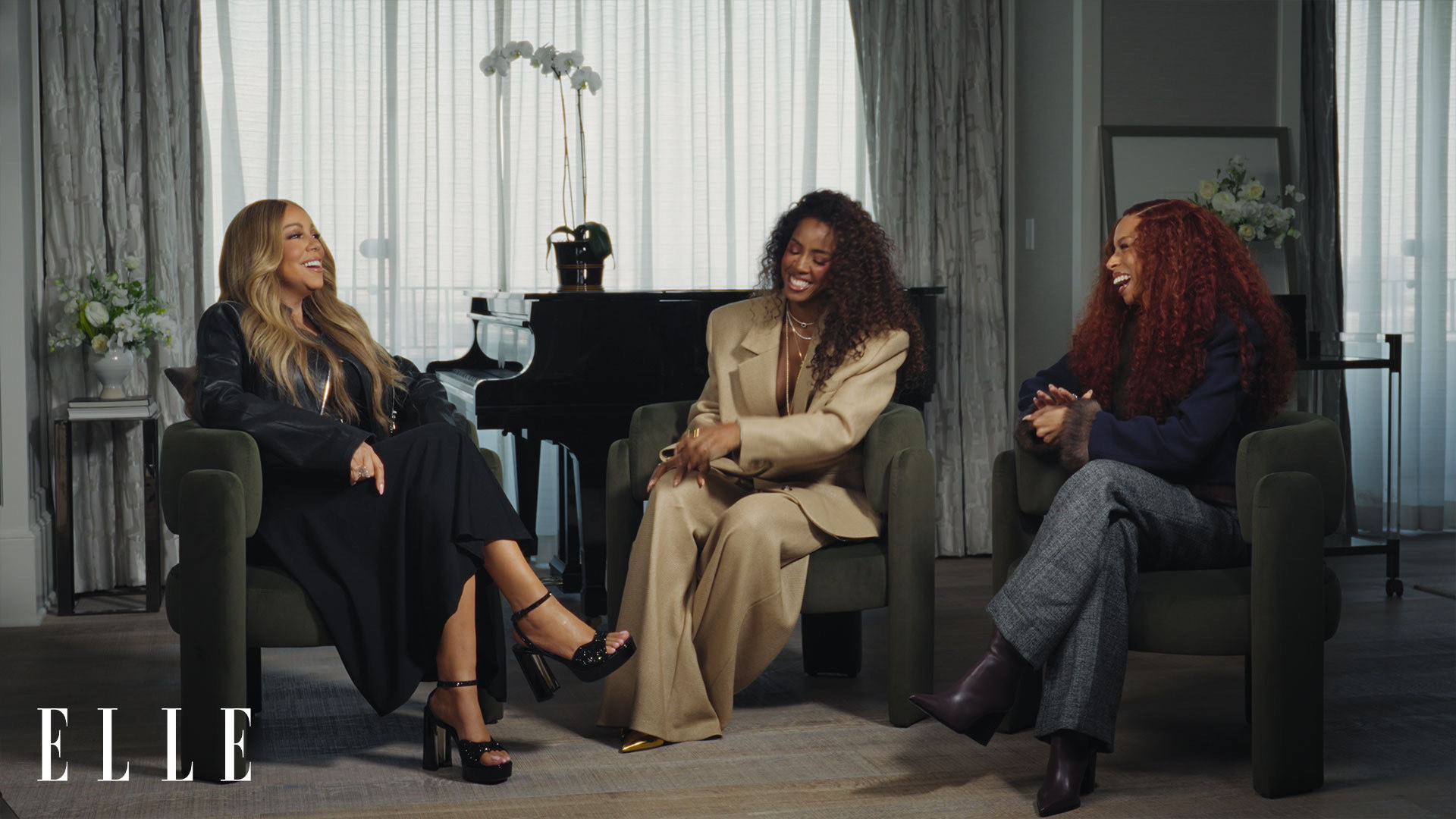
Spotify’s commitment to supporting women in music spans genres, generations, and cultures. This week, we’re excited to announce a new chapter in our partnership with ELLE: Three…

Imagine an actor who never ages, never walks off set or demands a higher salary.
That’s the promise behind Tilly Norwood, a fully AI-generated “actress” currently being courted by Hollywood’s top talent agencies. Her synthetic…

Queen Letizia of Spain and Queen Mathilde of Belgium opted for designer pieces by Giorgio Armani and Dior for their joint appearance ahead of the Europalia España 2025 Festival on Tuesday in Brussels.
For the special occasion, Queen Letizia wore…
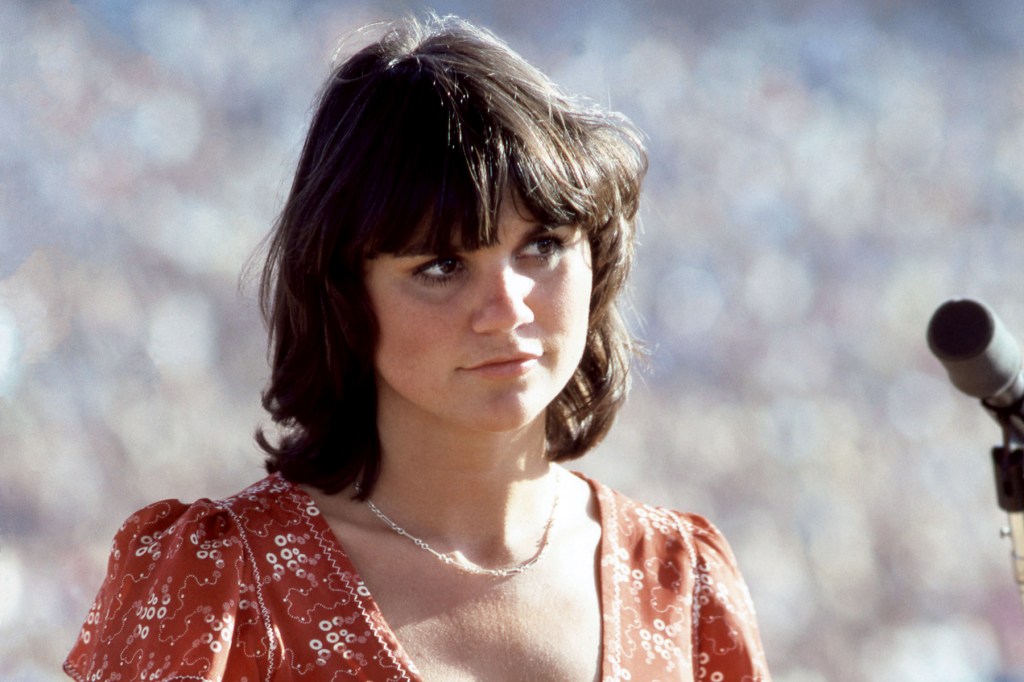
Fifty years after Linda Ronstadt’s Prisoner in Disguise came out, the Rock & Roll Hall of Fame inductee is looking back at the album that further cemented her reputation as a ‘70s pop superstar and supreme song interpreter, as Mobile…

Spotify and BMG have entered into a direct, multi-year US publishing licensing agreement.
According to the announcement, the deal is “designed to deliver greater value to songwriters and their teams”.
“This agreement…
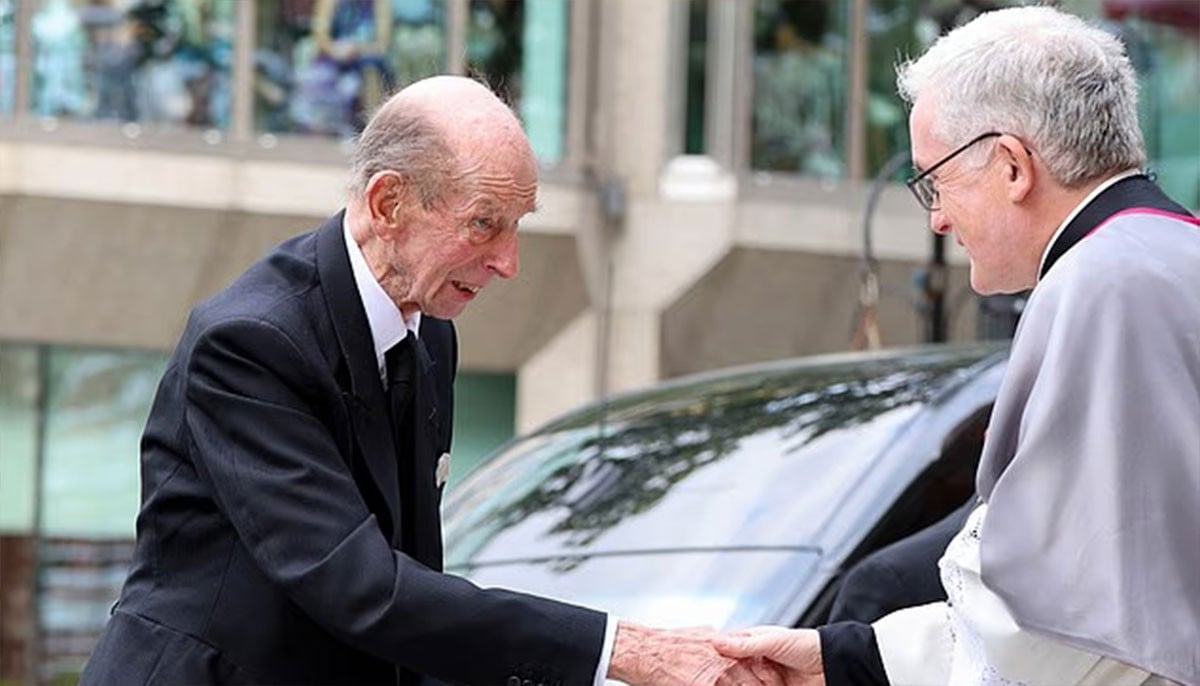
The Duke of Kent has made a…
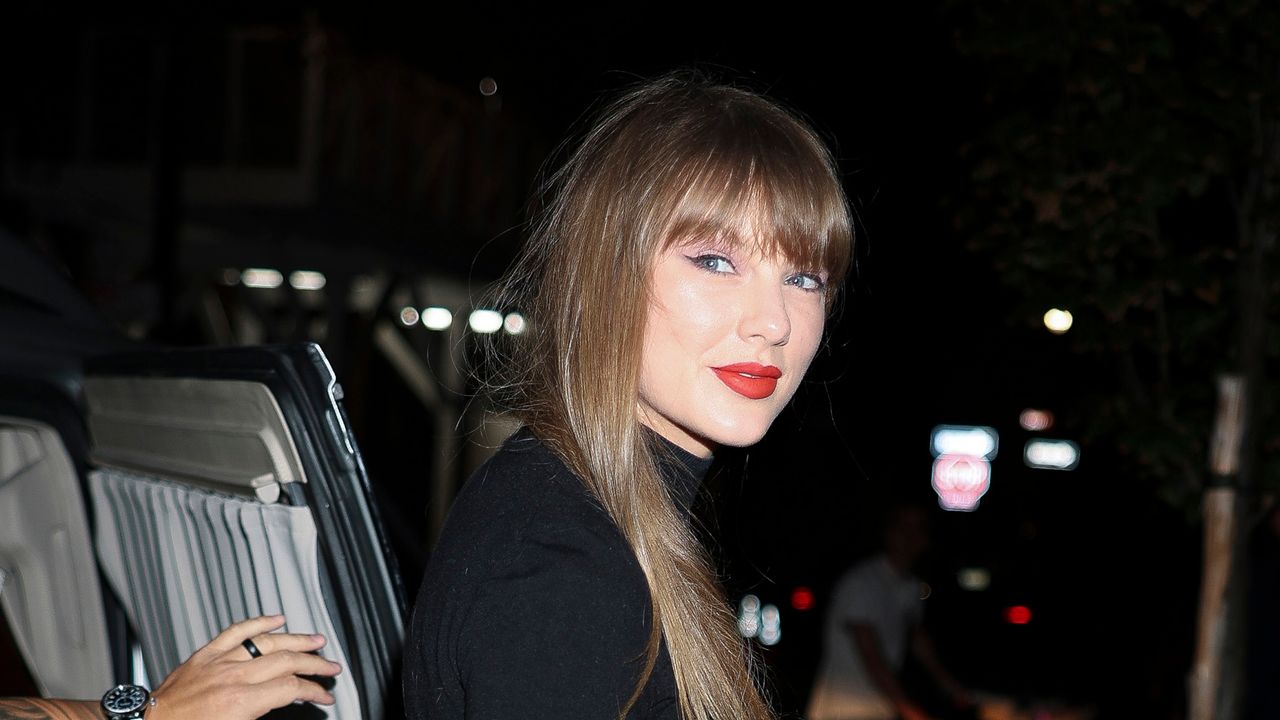
Swift just stepped out in New York in a look that was peak “All Too Well (10-Minute Version) (Taylor’s Version)”: a pleated Miu Miu miniskirt and knee-high boots by Jennifer Chamandi. It’s the Gilmore–Girls-meets-Gossip Girl combo we’ve…